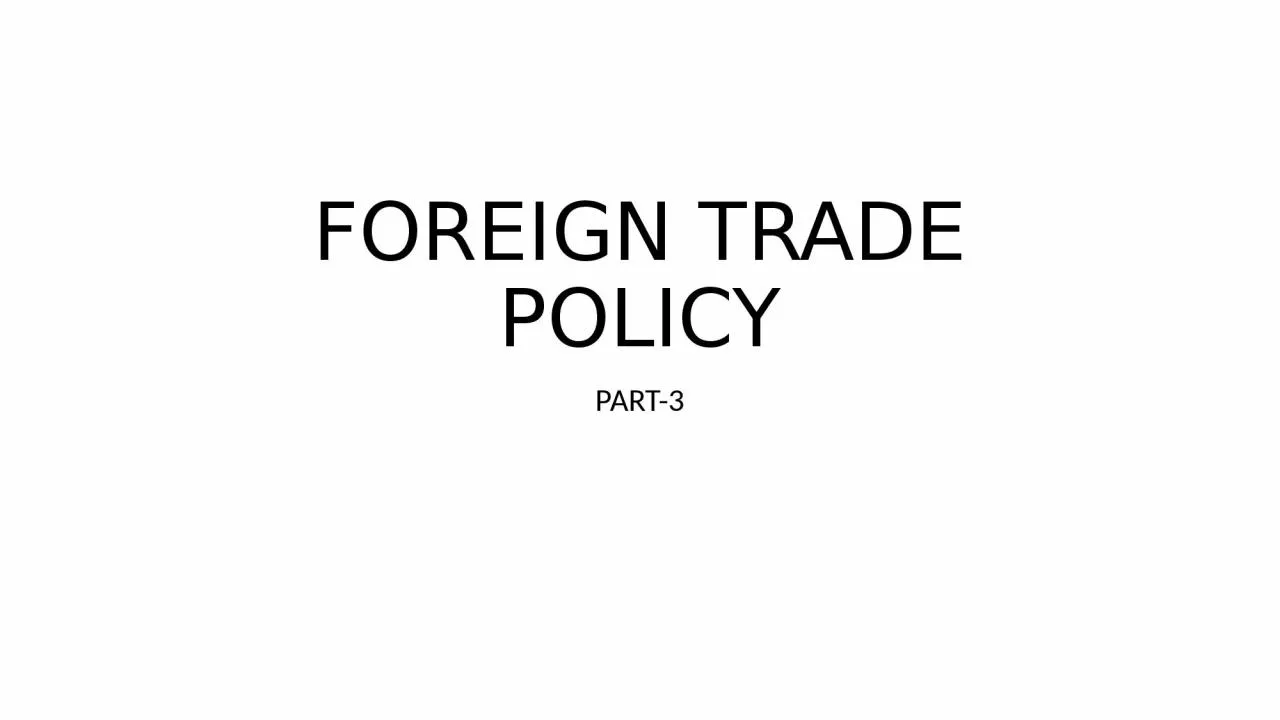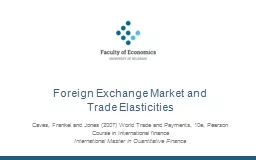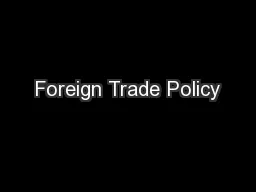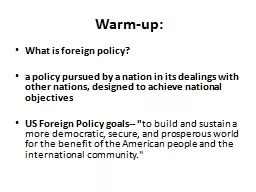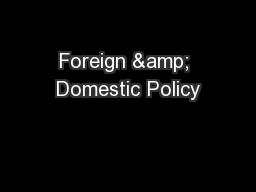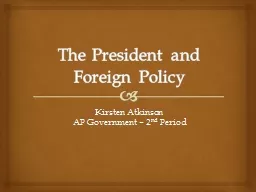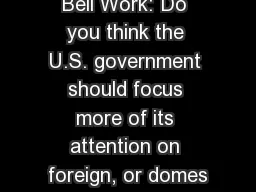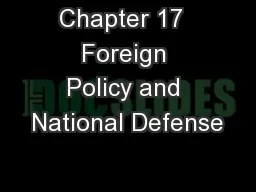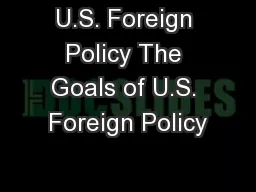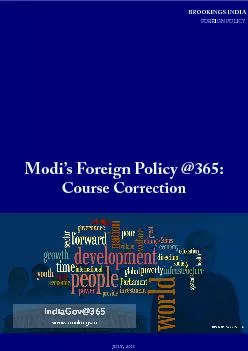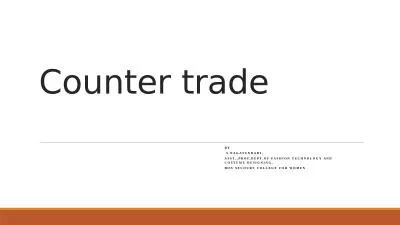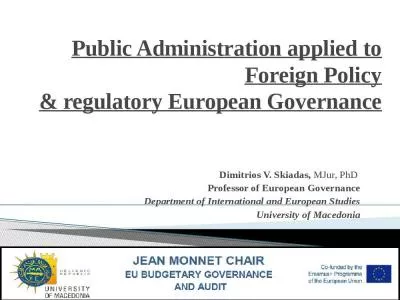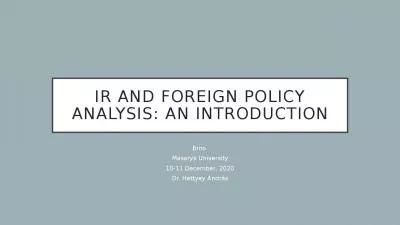PPT-FOREIGN TRADE POLICY PART-3
Author : tabitha | Published Date : 2023-11-06
SPECIAL ECONOMIC ZONE Definition An SEZ is an enclave within a country that is typically dutyfree and has different business and commercial laws chiefly to encourage
Presentation Embed Code
Download Presentation
Download Presentation The PPT/PDF document "FOREIGN TRADE POLICY PART-3" is the property of its rightful owner. Permission is granted to download and print the materials on this website for personal, non-commercial use only, and to display it on your personal computer provided you do not modify the materials and that you retain all copyright notices contained in the materials. By downloading content from our website, you accept the terms of this agreement.
FOREIGN TRADE POLICY PART-3: Transcript
Download Rules Of Document
"FOREIGN TRADE POLICY PART-3"The content belongs to its owner. You may download and print it for personal use, without modification, and keep all copyright notices. By downloading, you agree to these terms.
Related Documents

